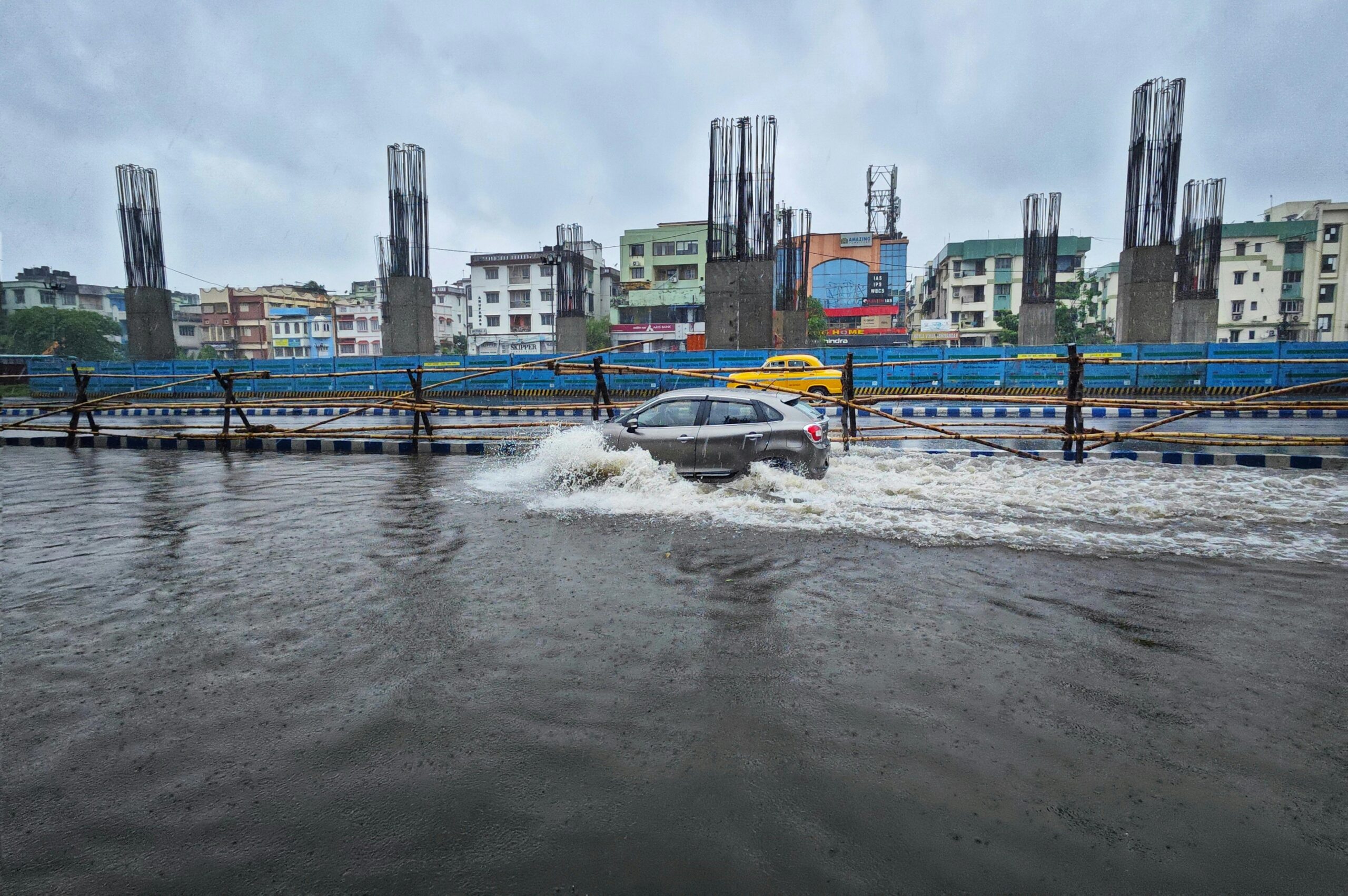Blended Finance (to attract private investment into adaptation infrastructure)
Climate-resilient infrastructure in the Gulf of Guinea—such as sea walls, drainage systems, and hybrid grey-green solutions—requires substantial capital investments that are often perceived as too risky for private investors. Blended finance provides a mechanism to overcome this barrier by using concessional public or philanthropic capital to de-risk private participation. GoG-RRI will facilitate the design of bankable project pipelines, aggregating coastal adaptation projects and structuring them into investment-ready opportunities. By convening governments, development finance institutions, philanthropies, and private investors, GoG-RRI will promote financing models where grants, guarantees, and first-loss capital attract commercial debt and equity. This approach will expand the pool of resources available for adaptation infrastructure while ensuring that resilience investments are sustainable, replicable, and scalable across the Gulf of Guinea.
- What it is: Use concessional/grant capital (GEF/PROBLUE/philanthropy) to de-risk private investment in levees, dunes, drainage, and mangrove buffers.
- Why it fits: Many adaptation assets have public-good characteristics; blending unlocks institutional investors.
- Regional anchor: World Bank’s WACA program finances coastal resilience across Benin, Côte d’Ivoire, Ghana, Togo, Senegal, etc., with ~$492m approved (incl. GEF & PROBLUE grants). World Bank+1CPI
- GoG-RRI angle: Position GoG-RRI as a transaction enabler: curating bankable packages (grey-green hybrids), convening DFIs, and securing first-loss/guarantees.

